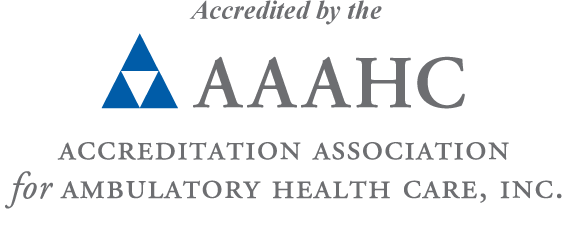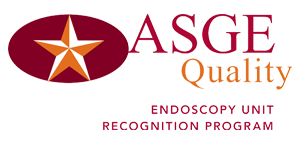Endoscopic Retrograde Cholangipancreatography
General Information:
- Description: While performing endoscopy, a contrast material is injected via the endoscope into the pancreas and bile ducts. X-ray pictures are obtained allowing for abnormalities to be identified and sometimes treated. A Gastroenterologist performs the test in a hospital or endoscopy center with the assistance of nurses and technicians. The Gastroenterologist and a Radiologist interpret the results. If specimens are obtained, a Pathologist interprets the results. The test takes 30 to 60 minutes to complete.
- Discomfort – An intravenous line has to be placed. Depending on the level of sedation, there may be discomfort associated with swallowing the endoscope. After the procedure, there may be discomfort related to a sore throat and air that has been placed into the intestines.
- Results – The Gastroenterolgist’s results are generally available at the end of the study. The results from the x-rays may take 1-2 days. Results of tissue samples in 2-3 days.
- Risks of Procedure – Complications occur in 1-5% of cases and include inflammation of the pancreas (pancreatitis), bleeding, infection, perforation of the intestines, and adverse reaction to the medications used in the procedure.
- Other Names – ERCP
Indications for the Test
- To identify the cause of obstruction of the bile ducts (gallstones, tumors, and strictures), that may cause abnormal liver tests, pain and/or jaundice.
- To evaluate tumors of the pancreas when identified by CT or sonogram.
- To identify the cause of inflammation of the pancreas (pancreatitis). To evaluate the pancreas before surgery is performed.
- To treat blockages of the bile ducts or pancreas.
Preparation
- Nothing should be consumed for 8 hours before the test, except medications as directed by your doctor.
- Aspirin, non-steroidal anti-inflammatory drugs (aspirin substitutes), blood thinners, anticoagulants, and iron supplements should not be taken for five days before the test to reduce the risk of bleeding.
- Arrangements should be made for someone to drive you home after the test.
- Some patients may receive antibiotics prior to the test.
- You wear a hospital gown and lie on a x-ray table.
Procedure
- Your blood pressure and oxygen levels are monitored during the procedure.
- An intravenous line is placed for a sedative to be given. A local anesthetic may be sprayed into the throat to suppress the gag reflex. Supplemental oxygen is given via the nose.
- A mouthpiece is placed between your teeth to prevent you from accidentally biting the endoscope.
- After you are sedated, an endoscope is passed through your mouth and guided down into the duodenum (the first part of the small intestines just beyond the stomach). The image from the endoscope is displayed on a TV monitor and the image from the x-ray machine is displayed on the fluoroscope monitor.
- Air is instilled into the intestines via the endoscope to aid in viewing the inside lining of the intestines. Additional medications may be given to suppress contractions in the intestines and to remove gas bubbles.
- After the endoscope is positioned correctly in the duodenum, a smaller tube (cannula) is passed through the endoscope and into the opening of the ampulla of vater in the duodenum. Contrast dye can then be injected through the cannula into the common bile duct and into the pancreatic duct.
- X-rays of the ducts filled with the contrast are then taken.
- If needed, the opening of the ampulla of vater may be enlarged, gallstones may be removed, tissue samples may be obtained or a stent (a small tubular structure that supports opening of the duct) may be placed to allow drainage of a duct.
After the Procedure
- Same as for EGD. After the gag reflex returns, consume only light foods for 24 hours.
- There may be some cramping of the abdomen as the air instilled during the test passes through the intestines.
- Pancreatitis (inflammation of the pancreas) can be induced by the test. If severe abdominal pain or nausea/vomiting should develop, contact your doctor.
Factors Affecting Results
- Same as for EGD.
- The pancreatic or bile duct may be impossible to fill with contrast dye, particularly if there is significant disease present.
Advantages
- The bile ducts and pancreas can be viewed in great detail allowing for the identification of abnormalities.
- Tissue samples can be obtained if needed.
- Some diseases such as gallstones in the ducts or blockages of the ducts can be treated thus avoiding the need for surgery.
Disadvantages
- It may cause discomfort.
- Risk of pancreatitis.
- There is a small amount of radiation exposure.


